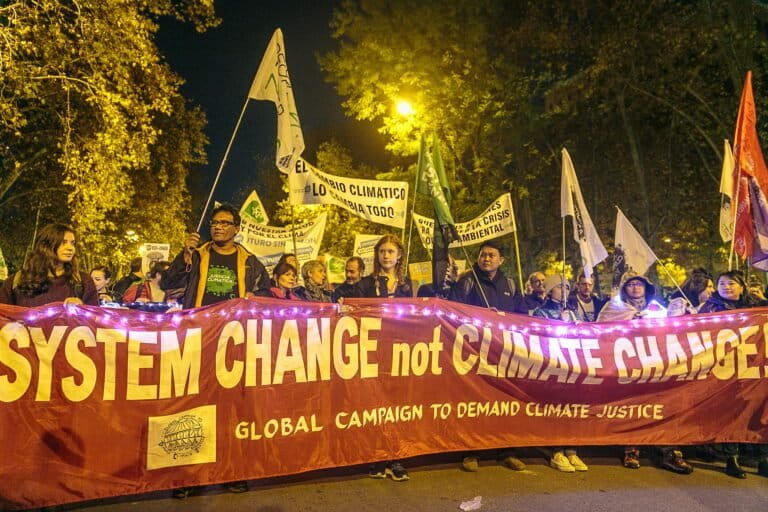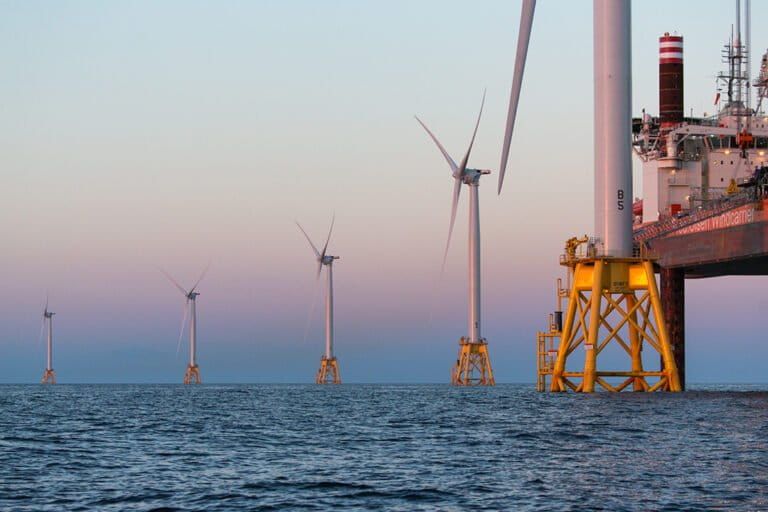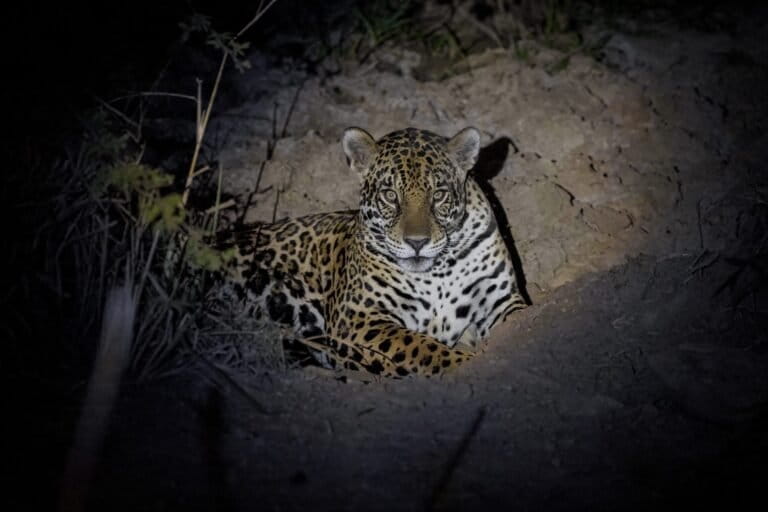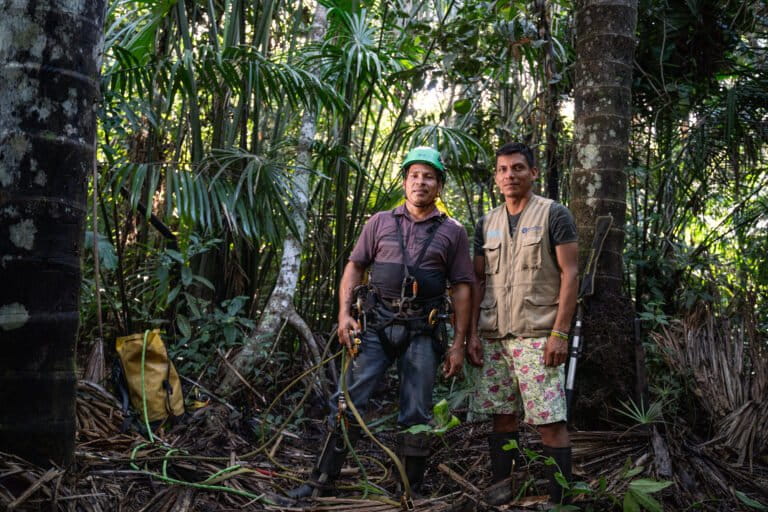- More than 22 million kilometers of new roads are projected to be built in highly biodiverse tropical and developing countries by 2050.
- Direct habitat loss, illegal logging, increased poaching and encroachment and animal road kill are some of the environmental risks associated with road development.
- Last week, a conference of experts, officials and activists from the Asia-Pacific region discussed ways to maximize the socio-economic benefits of infrastructure development while mitigating the environmental risks.
KUALA LUMPUR — “We are currently living in the most explosive era of infrastructure expansion in human history,” said biologist and conservation advocate William Laurance in a speech kicking off a forum on infrastructure development in the Asia-Pacific region.
Academics, activists and officials from countries in the region last week gathered in Malaysia’s capital to explore ways to boost the socio-economic advantages of road projects without severely impacting the environment.
The conference, “Infrastructure in the Asia-Pacific: Promoting Benefits & Limiting Environmental Risks,” was hosted by the Centre for Tropical Environmental and Sustainability Science of Australia’s James Cook University. In focus was infrastructure development in Indonesia, Malaysia and Papua New Guinea.
Laurance cited an estimate from the International Energy Agency that an additional 25 million kilometers (15.5 million miles) of paved roads would be built across the world by 2050, nine-tenths of them in developing nations and tropical regions.
Whether built as turnkey developments or as supporting infrastructure, roads are crucial in providing access to health care, education and jobs, he said.
However, these countries “sustain some of Earth’s most environmentally critical ecosystems and highest biodiversity,” Laurance noted.
Direct habitat loss, increased poaching and encroachment, animal road kill and stolen revenues from illegal logging are some of the risks associated with road development, Laurance said.

Through interactive presentations and discussions, the two-day symposium of experts, government officials and activists sought ways to reduce the environmental impacts of road construction.
Noviar Andayani, country director of the Indonesia program at the Wildlife Conservation Society (WCS), described infrastructure development as a “strategic necessity” in Southeast Asia’s largest economy.
Indonesia, however, currently has multiple road projects in the pipeline that threaten national parks in Sumatra, which is home to one of the last and largest remnants of tropical rainforest in Asia.
“Infrastructure opens up forests and wildlife to loggers and poachers,” Andayani said.
She highlighted the importance of beefing up security in protected areas by increasing funding to deploy more park rangers and through improving efficiency in budget use.
“Road development is a matter of priorities,” said Sean Sloan, a researcher at James Cook University, who currently leads an analysis of spatial planning reform in Indonesia’s Aceh and North Sumatra provinces.
Poor planning of road projects gives rise to conflicts between development and environmental protection, Sloan noted.
“Roads are both necessary but also problematic for tropical rainforests’ future,” he said.
Sloan called for improving spatial planning – which measures the environmental values and development effectiveness of an area targeted for an infrastructure project – and improving the enforcement of spatial planning laws to “dramatically reduce conflicts between development and environmental protection.”
Planners should also be transparent with civil society in order to mitigate controversies over infrastructure projects, said Nathan Whitmore, a zoologist with WCS in Papua New Guinea.
“Roading issues are symptomatic of wider planning issues in Papua New Guinea,” Whitmore said.
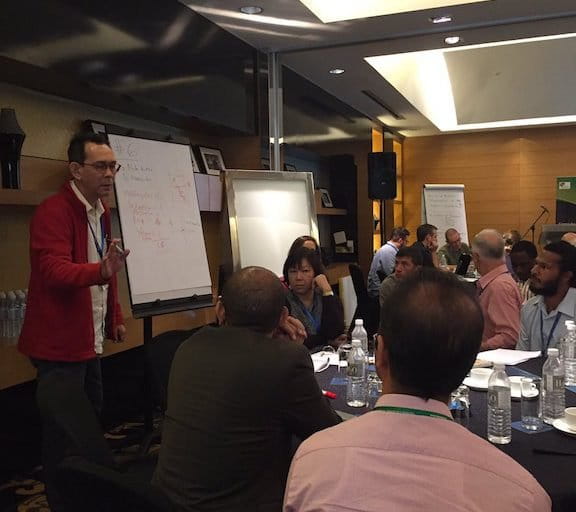
Other experts argued that ongoing or completed road projects that cut through zones with high biodiversity must take measures to reduce fatal accidents involving wildlife, such as introducing additional traffic regulations and improving habitat management.
Malaysia, where plans are afoot for road expansion in wildlife habitats, recently reported two accidents, in June and August, in which a baby elephant and a 10-year-old elephant were killed along the same highway.
“[There should be] no road expansion, because if we make roads bigger, then traffic follows, so it increases risks for animal loss,” said Ahimsa Campos-Arceiz, an elephant expert with the University of Nottingham’s Malaysia campus.
“We must [enforce] strict speed limits as people drive too fast on these kinds of roads,” he added.
Experts at the conference also stressed that the financial backers of infrastructure projects should be a key driving force when it comes to supporting the future of sustainable development.
The demand for infrastructure across Asia and the Pacific far exceeds the current supply, according to a recent Asian Development Bank (ADB) report. It said that from 2016-2030, more than $26 trillion – or $1.17 trillion a year – would be required to deliver infrastructure that both supports robust growth and is resilient to climate change. The figure is double the amount spent annually at present.
“We have to engage with and talk to them,” Laurance said of backers like the ADB. “They really want to know how to avoid disasters because they don’t want to lose their money.”
Laurance said financiers must consider a list of risks – environmental, social, financial and reputational – when agreeing to fund a proposal for an infrastructure project.
“If you’re investing in bad projects, then we need to tell them that. These kinds of risks must be on … the table during the talks,” he said.
Banner image: a mining road cuts through the forests of West Kalimantan in Indonesian Borneo. Photo by Rhett Butler/Mongabay.
FEEDBACK: Use this form to send a message to the author of this post. If you want to post a public comment, you can do that at the bottom of the page.
Editors note: William Laurance is a member of Mongabay’s advisory board.









